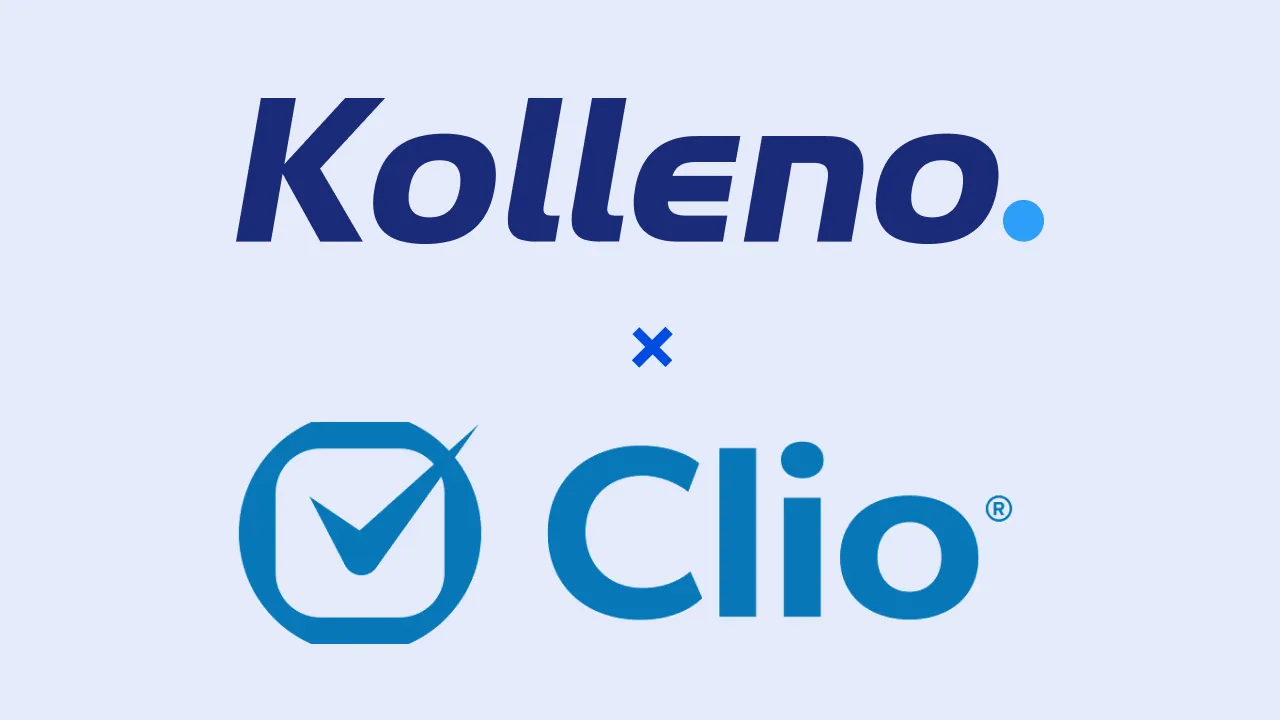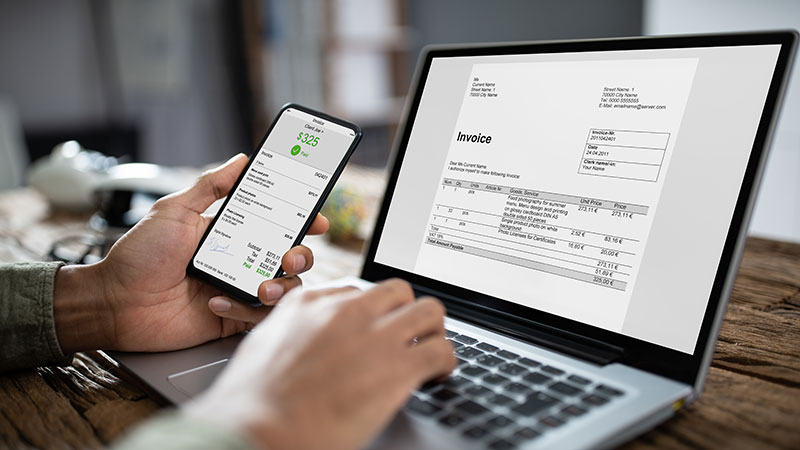Did you know that there are several data insights that can help you improve the Accounts Receivables (AR) of your business? We have prepared an easy guide for you that will show the power of numbers.
Data is the modern world’s most valuable resource right now. Many companies are prepared to pay big money for any data insights because it gives a competitive advantage. The financial analytics market growth is predicted to grow more than 11% CAGR between 2021-2026 to reach USD 11Bn. However, prior to acquiring any external data, it is vital to analyze any internal statistics of your business. If you think you might not find anything interesting or new there, you will be surprised.
Some businesses might not realize that there are ways to improve the success of the payment and getting the real cash that is sitting on your balance sheet simply by observing the data. Here are some powerful statistics that will help you to improve your receivables:
Aging Reports
When looking at your Accounts Receivables, it is useful to look at the time it takes for customers to pay their invoices. These Aging Reports can help to better manage the cash flow and have an accurate estimate of the bad debts.
For example, if historically the business receives 10% of payments in a 30-day period, another 15% received in the period 31-60 days, etc., the financial managers can accurately estimate what will be the actual cash flow in any given month and even estimate the number of bad debts.
Looking at the bad debt statistics can help management to improve the collection procedures. For example, to change the payment method to cash only for some risky customers.
The aging reports as well help to understand what kind of customers the business has. It is useful to divide them into categories based on their risk level of not paying an invoice or being late. This profiling will help to tailor the approach to how the payments are collected based on the risk level. For example, the late payers can get the reminders earlier than the customers paying on time. Moreover, the customers can be classified by new, returning, infrequent, and many more. Looking at the payment behavior of these groups can also give some surprising insights.
Account Receivables Turnover (ART)
While the Aging Reports is simply listing and observing all your data, the ART is the ratio. The financial managers can measure ART for any period – quarterly, days, or monthly. The larger the Accounts Receivables Turnover, the better. It means the business is more successful in turning its credit sales to cash and therefore will meet its obligation with its own suppliers. It is very simple to calculate ART- the Total Sales made on Credit divided by the Average Accounts Receivables. To calculate average accounts receivables you need to take the AR at the beginning of the period, add at the end of the period and divide by two.
Day Sales Outstanding (DSO)
The DSO ratio gives a snapshot of the average number of days the sales are outstanding. It is calculated as a total number of AR times the number of days divided by total sales made on credit. This number may even put some business owners to shock- how many days it was taken to pay the invoice. However, this is a good starting point to re-evaluating your debt collection process. The business can actually change these statistics. The above data can easily help you to predict invoice outcomes and safeguard from unexpected cash flow shortages.
Optimizing Accounts Receivables
It is usual that small and medium enterprises (SMEs) mainly focus on sales. In the meantime, they do not pay too much attention to the process of getting the customers to pay the invoices. This may result in problems with cash flow and a slower pace of profits reinvestment into the business growth. Eventually, it might lead to lower payouts to shareholders. The long payment collection period is in fact a free credit to their customers. Nearly a third of all small businesses either fail to pay their vendors, default on a loan or face problems paying their employees due to cash flow problems according to the study by Quickbooks.
The data insights that we have discussed in this article are an important starting point. However, it is vital to building a proactive approach to payment collection. This in turn requires strong processes in place. However, some SMEs find it too time-consuming and expensive to build the payment collection process in-house and hire a dedicated team. We at Kolleno have perfected the Order-to-Cash processes and are happy to help your business to turn your hard-earned sales into cash.
Every industry requires a special approach and each business may require a different number of steps in collecting payments. Kolleno will advise and will offer you solutions that are right for your business. While we make your payment process collection process seamless and effective, you can focus on what you do best: your business.










